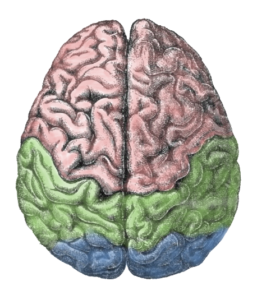Two recent times, I’ve seen glorious stories of how things could be. And, to be fair, I’ve been guilty myself; I have pursued and purveyed rosy stories. Yet, as I recognize more of the world’s challenges – randomness, illogic, bias, money, and more – I begin to question myself. What is it about the garden path?
The usual story is something along the lines of ‘first this happens, and it leads to this, …, and then this wonderful thing happens.’ The transitions sound plausible, they could happen! The causal story continues from good outcome to next good outcome, until we get the inevitable results. And, if we’re not careful, we might miss the problem.
There’s also the chance that the transitions won’t happen. Brian Klaas’ Fluke is one story that illustrates the role chance plays. Randomly, things don’t go as planned. Julie Dirksen’s Talk to the Elephant, talks about the ways our systems and people themselves go awry. There are many things that stand in the way of things working out the way you expect or even intend. As has been said, never predict anything, particularly the future. I once heard an analysis that says that the trends you observe do tend to continue, but something unexpected always flips them from where you thought things would go.
Another issue are the underlying assumptions. Often, they’re more unlikely than they seem. Will Y happen because X happened (e.g. will this person get the job offer because they rode up in the elevator with the hiring manager)? Do you even accept the premise of the assumption? Just because someone tells you that the sky is green, are you going to believe them when your own experience may differ.
There are benign situations, and then some that are not. When I have told such stories, I (sadly) believed them. I have been an idealist (and in many ways still am), so I inferred a world where things worked as planned. (I have learned better, for instance watching a promising enterprise be undermined by ego and greed.) Then there’re the more insidious ones, when someone’s telling a story to convince you to do something that is less likely than is portrayed. In either case, either the innocently naive or the venally misleading, are prevailing upon the gullible. And, of course, I’ve been victim on the receiving end as well.
What’s my point (he asks himself)? I guess that it’s to be wary of such stories. Don’t tread along the rosy trail portrayed without some assessment of the probabilities. Ask yourself if the final outcome is as plausible as the starting point would suggest? There’s lots of room for distraction as you trod the garden path. Be aware of claims that all will follow the same path!

